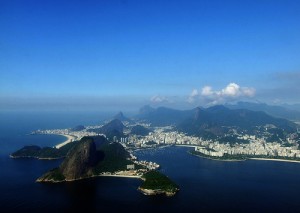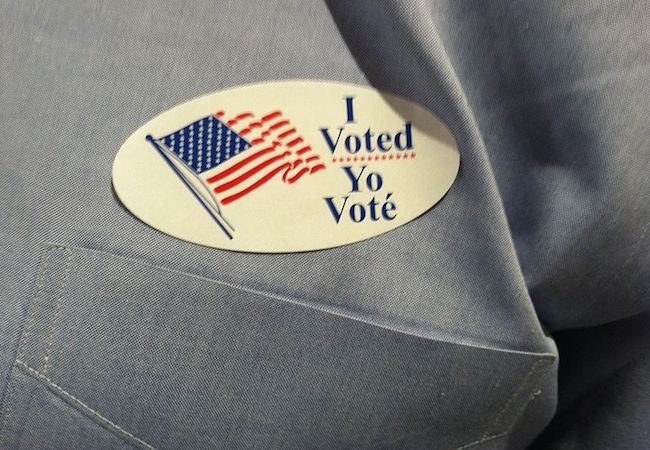
 After Chevron’s oil spill at Campos Basin in November 2011, Brazilian authorities have been taking tough measures against the foreign investor. While the company suspended all drilling operations at its Frade field where the spill occured, seventeen executives from Chevron have been barred from leaving the country and are to face charges from the Brazilian federal prosecutor. Among the accused executives are five Brazilians, three Australians, two French nationals, a Canadian and one from U.K. The authotiries blamed Chevron and its contractor and owner of the rig Transocean of neglect, which caused up to 3,000 barrels of crude to be spilled into Brazilian waters. Since the offshore field is close to the famous tourist locations, the criticism remains harsh.
After Chevron’s oil spill at Campos Basin in November 2011, Brazilian authorities have been taking tough measures against the foreign investor. While the company suspended all drilling operations at its Frade field where the spill occured, seventeen executives from Chevron have been barred from leaving the country and are to face charges from the Brazilian federal prosecutor. Among the accused executives are five Brazilians, three Australians, two French nationals, a Canadian and one from U.K. The authotiries blamed Chevron and its contractor and owner of the rig Transocean of neglect, which caused up to 3,000 barrels of crude to be spilled into Brazilian waters. Since the offshore field is close to the famous tourist locations, the criticism remains harsh.
At the time of the spill, Chevron mobilized several vessels to contain the spill at the well. The cemented well produces about 10% of the total amount of oil from the Frade field. Frade field is located some 370 km off of the coast of major tourist attraction Rio de Janeiro, in the northern part of the Campos Basin. It lies at a water depth of 1,128 m and is estimated to have from 200 to 300 mln barrels of recoverable oil. Frade field is Chevron’s first oil development project in Brazil. Across offshore fields, Brazil is believed to possess up to 100 billion barrels of oil and has been a major attraction for foreign oil and gas companies. With excessive drilling operations in Campos and Santos basins, the government of Brazil is taking cautious measures to avoid any environmental damage to Brazil’s flora and fauna. Its tough response to the oil spill through legal action is an indicator of uncompromising stance of environmental issues. Although Brazilian authorities allowed the company to stay, the government seeks up to $11 billion in fines from Chevron. Since November 2011, $54 mln have been imposed on Chevron but no payments by the company been made so far.
The Frade field was discovered in 1986 by Petrobras. It is now operated by Chevron, which has a 51.74% interest. Its partners include the Brazilian Petrobras, with 30%, and Frade Japá o Petròleo, with 18.26%. About $3 bln have been already invested in developing the field since 2009.
Photo: Courtesy of Flickr




